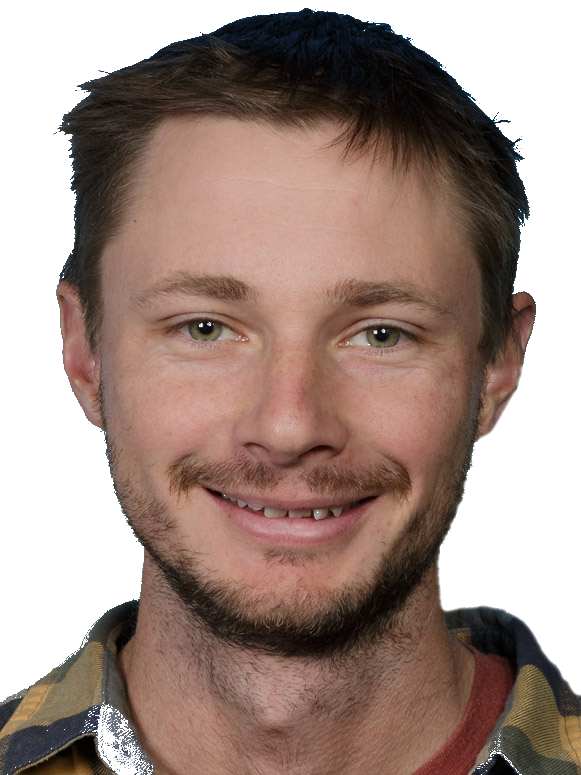
Farewell to Matthew Norcia who after an incredible two years here is moving back to Boulder (US). We wish you all the best for your next scientific adventure!
Center for Ultracold Atoms and Quantum Gases, IExP and IQOQI, Innsbruck

Dipolar condensates were recently coaxed into supersolid phases supporting both superfluid and crystal excitations. The first dipolar supersolids consisted of one dimensional droplet arrays, and a recent experiment here achieved two dimensional supersolidity, observing the transition from a linear chain to a zig-zag configuration of droplets.
In this work, in collaboration with Prof. Luis Santos from the Leibniz University Hannover, we show that while one-dimensional supersolids may be prepared from condensates via a roton instability, such a procedure in two dimensions tends to destabilise the supersolid. By evaporatively cooling directly into the supersolid phase–hence bypassing the roton instability–we experimentally produce a 2D supersolid in a near-circular trap, an observation verified through state-of-the-art finite temperature simulations. We show that 2D roton modes have little in common with the supersolid configuration, instead, unstable rotons produce a small number of central droplets, which triggers a nonlinear process of crystal growth. We calculate excitations for a 2D supersolid ground state, and make comparisons with 1D arrays using the static structure factor. These results provide insight into the process of supersolid formation in 2D, and define a realistic path to the formation of large two-dimensional supersolid arrays.
This work has been published in Physical Review Letters, and it can also be found on the arXiv.